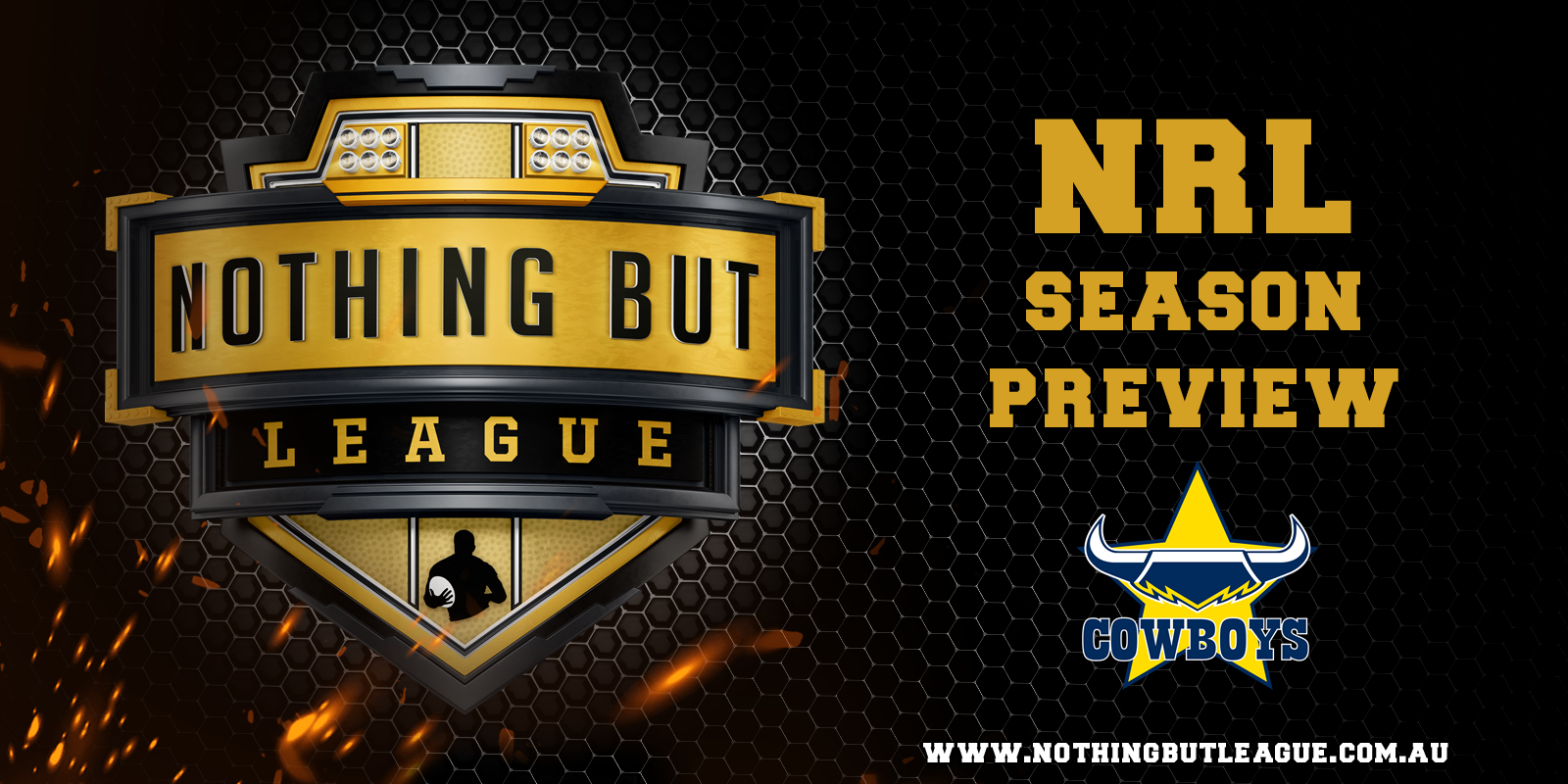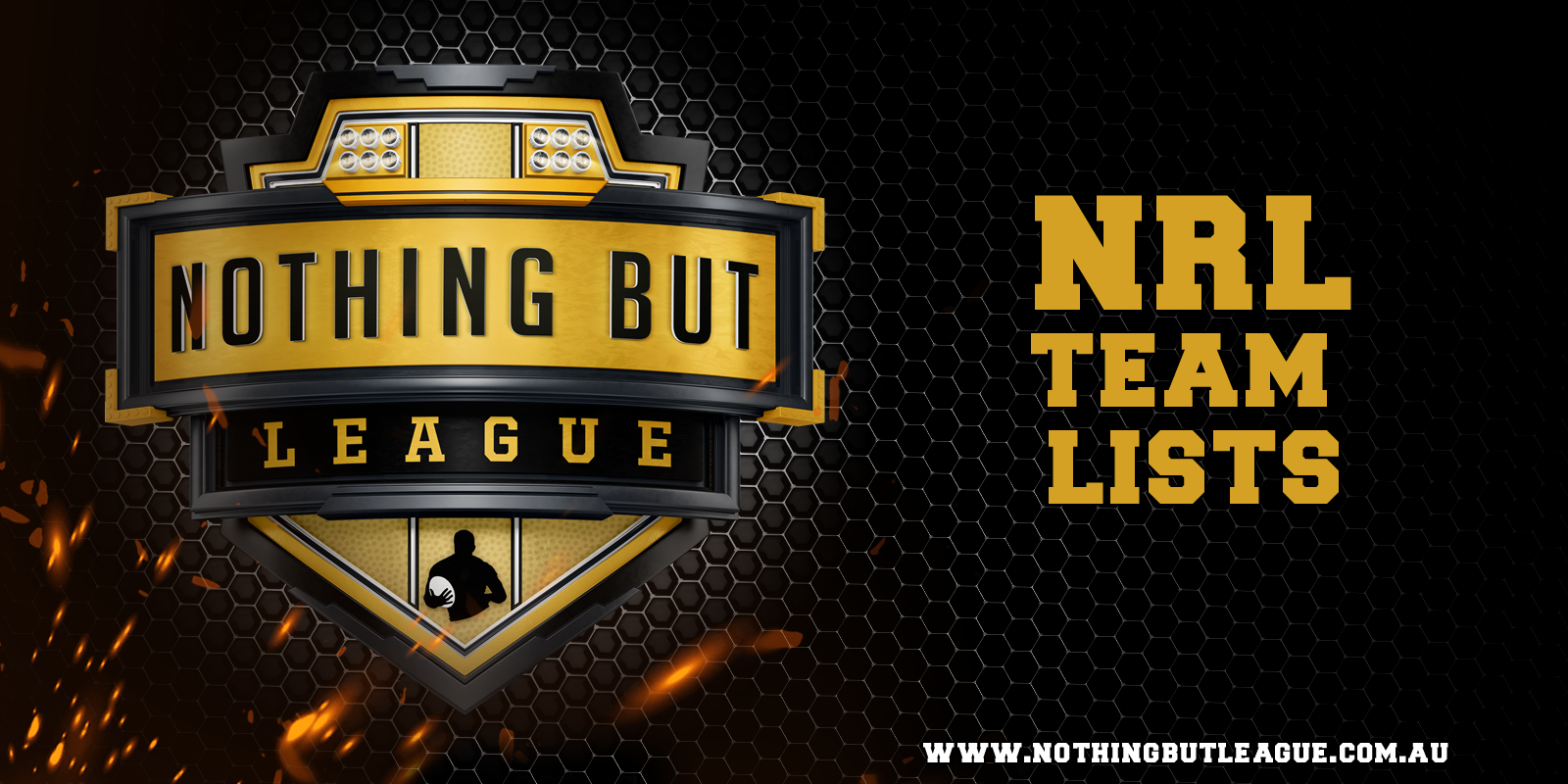We can now safely assume the NRL has learnt nothing from the events of last week.
Yet again on the weekend, a blatant act of thuggery went unpunished. This time Kenny Edwards was the perpetrator; Jonus Pearson the victim.
Seriously, how far does it need to go before the NRL steps in and puts a stop to the violence that is driving young fans – and perhaps more importantly, their parents – away from the game in their droves.
Last week I wrote two articles outlining what needs to change if the NRL are to get on top of this issue and repair the game’s image. The crux of my argument was that any forceful contact to the head that results in injury, be it a deliberate act like Edwards’ or a late high shot like Soliola’s, should be made a send-off offence, with the player receiving a lengthy stint on the sideline as further punishment.
This is the only way we’ll bear witness to change and stamp out what is an ugly look for our game.
The fact remains, though, that the NRL have let another one slip through their grasp this week.
Where is Archer’s confession of the referee’s mistake?
Unless they are content with the laughable $1500 dollar fine handed out to Kenny Edwards, the referee’s boss must set the record straight for the second time in two weeks.
Without sounding like a broken record, his job is to make clear to the public in layman’s terms what they see to be a send-off offence and how they are going to deal with players who cross the line on the field.
The silence from the critics who slammed Soliola’s hit on Slater but have opted out of commenting on Edwards’ pathetic display is deafening. There are differences in the two cases, but both caused harm to the opposition player and have brought the game into disrepute. Those who heaped blame on Soliola last week, but have gone into hiding this week, are part of the problem. We need consistency in order to achieve a cleaner image.
This starts with Archer; he must set the tone. Nothing will get done if we continue to treat each case using a different set of rules. Edwards’ cowardly hit on Pearson and Soliola’s late hit on Slater are one and the same – both could have resulted in serious injury. Yet Soliola gets suspended for five weeks and Edwards receives a minor blow to the bank balance and is allowed to take the field next weekend?
I’ll say it again: what image does this game want to uphold? One of thuggery and violence where cowardly acts are rife and accepted? Or one that takes a tough stance on contact that puts the players in harm’s way?
Outside of reform, consistency and standardising the rulings around high contact is required. If a player gets banned for a high shot one week, a swinging arm or a deliberate elbow to the head after a tackle is completed should receive the same penalty the next.
But this game has long struggled with getting consecutive rulings right, both on and off the field.
Melbourne Storm were stripped of their premierships back in 2010 and forced to play close to an entire season without accruing points. Yet the Parramatta Eels are told in 2016 that if they cut a few players and become cap compliant, they can continue earning premiership points and potentially make the top eight.
Seems fair enough.
And what about Todd Carney being ousted from the NRL over his boozy antics at a pub, while Mitchell Pearce simulates a lude act with a dog and is banned for just eight weeks.
Sure, Todd Carney was on his third and final chance, but when you put the two acts into context it is clear that there are many similarities; foremost, that they both caused irreparable damage to the game’s image.
Then there are the disparities in the length of bans between codes for the use of both recreational and performance enhancing substances over the past few years.
In 2014, a few Cronulla players received backdated suspensions that saw them miss just three matches following an investigation by WADA into an illegal supplement regime implemented at the club in 2011. Meanwhile, in the AFL, Essendon were made to play the entire 2016 season with the majority of their squad missing for the same offence.
Again, there are differences in the two cases, but how can the NRL come up with such a different ruling to the AFL?
All of this smacks of double standards. And a game cannot clean up its image if it continues to treat similar cases differently.
Todd Greenberg is doing a fine job in charge of the NRL, but his biggest problem, after reading his responses to the questions posed by journalist Phil Rothfield on Tuesday, is that he cannot accept there are problems with the game.
Allow me to let you in on a secret, Todd: the game is completely lost at the moment. Not only are we incapable of getting something as simple as a ruling on high shots correct, but crowd numbers have decreased dramatically across the last five years and refereeing has hit an all-time low despite the millions of dollars that have been poured into improving the way the game is officiated.
The game’s image is as scrambled as your morning eggs. One day it’s a sport filled with skill and heroism, unrivalled by anything else on this planet – think the 2015 Grand Final. The next it has a drug problem, can’t control what its players are doing, and is allowing acts that belong in the UFC pentagon to take place without punishment – think rep round, NSW Origin camp and either Soliola’s or Edwards’ brutal and cowardly displays of violence.
Other sports are sitting back in their cane chairs and waiting for the NRL to implode so they can take up its share of the market.
The way it’s going, this could happen within the next two decades.
Who’d let their son or daughter play a game as poorly managed and seemingly dangerous as rugby league when there are safer alternatives that aren’t likely to cause their child’s face to be sprawled over the front page of the newspaper for drug possession in 10 years’ time?
Who’d even bother attending when the NRL are making decisions that are quite obviously causing the competition to become less attractive for viewers and harder to follow?
The proof is in the pudding – crowds are down 2% on last year and participation rates are declining at an alarming rate.
Some will say bring back the good old days of suburban venues, mid-game brawls and contested scrums.
Those days are sadly behind us. But with the game as out of whack as it is, it could do worse than to follow the old-school mantra – with a modern twist, of course.






